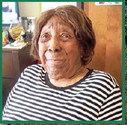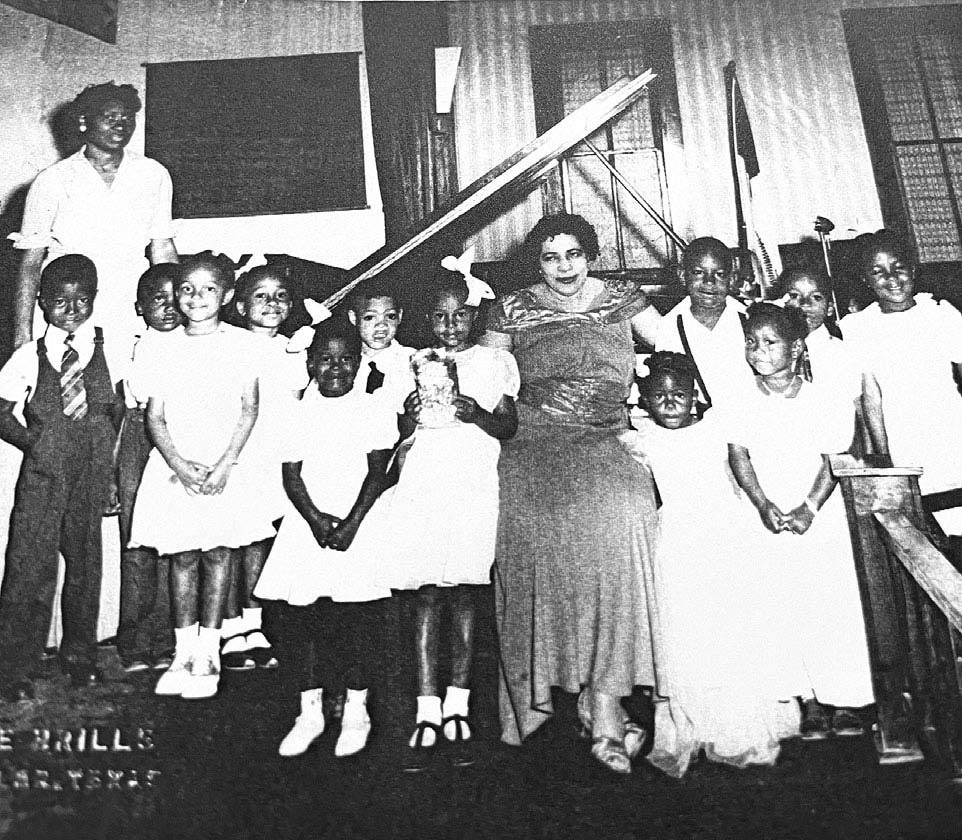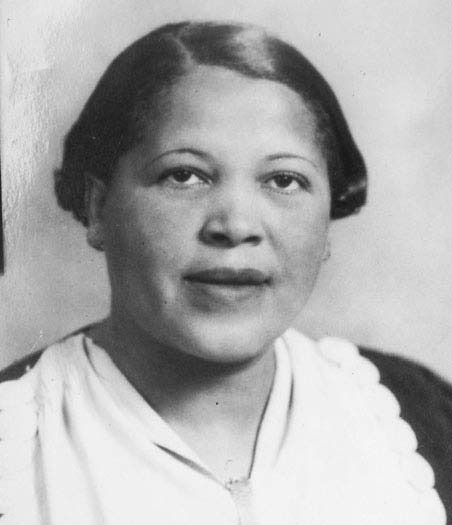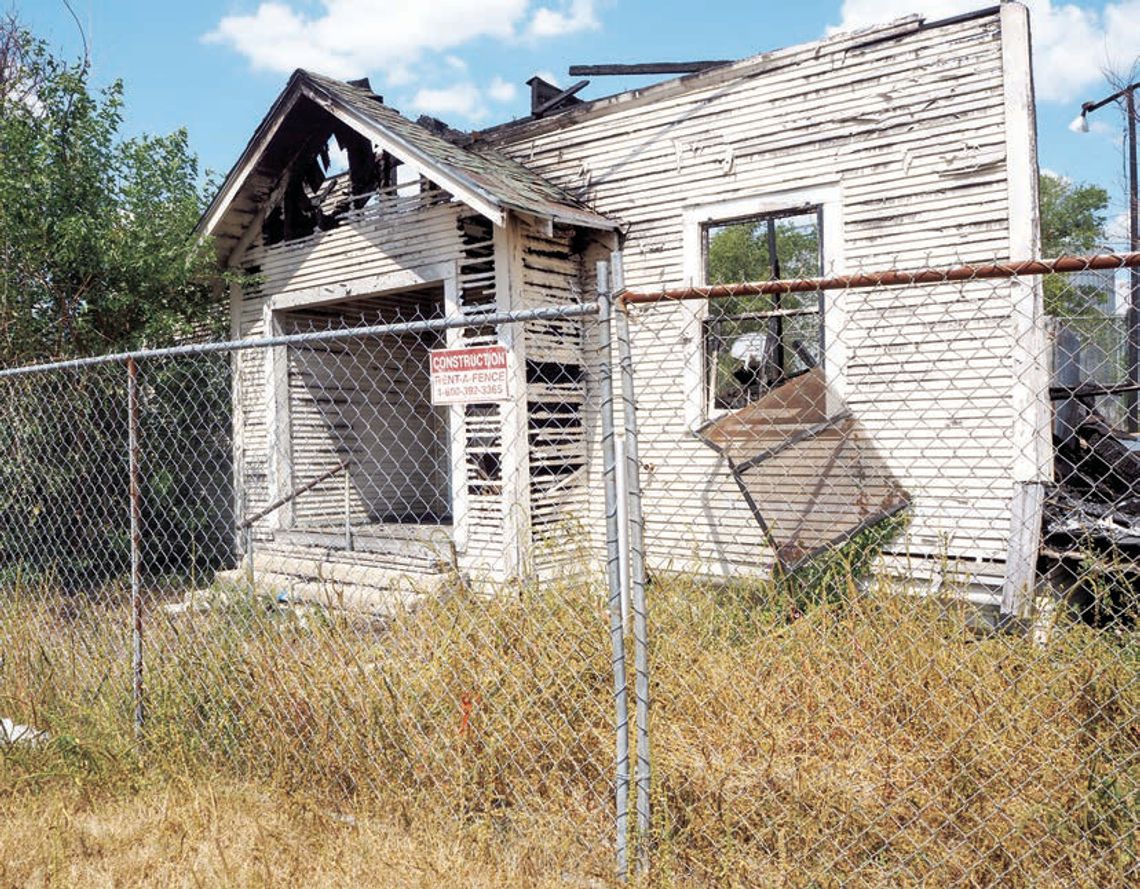After fire, preserving memories of the historic Dickey-Givens Community Center
A fire early June 29 ripped through the historic Dickey-Givens Community Center — a beloved gathering place for generations of African Americans — and reduced the 85-year-old structure to charred rubble.
To many who grew up in Taylor during segregation and have fond memories of the sock hops, style shows, barbecue fundraisers, wedding receptions, birthday parties, graduation ceremonies and more held at the center, located at 903 E. Martin Luther King Jr. Blvd., this tragic loss felt all too familiar.
“I was devastated,” said Laverne Caldwell, 74, of the building named after the late Magnolia P. Dickey, wife of prominent 20th-century African American physician James L. Dickey, and former president and longtime volunteer Lessie Givens. “It’s like the last of your memories went up in smoke… It’s like every building or structure that was in the lives of us is gone.”

Indeed, the fire, which was determined to be a result of human action after an investigation involving Taylor and Hutto fire departments, the Texas Parks and Wildlife Department, and the Williamson County and state fire marshal’s offices, comes just three years after arson destroyed the historic homestead of the Dickey family at 500 Burkett St.
Though the Dickey-Givens fire was not ruled to have been intentionally set, questions may always remain.
“The cause is undetermined,” said city spokesman Daniel Seguin. “This means they had a variety of hypotheses on what could have caused the fire and they have ruled out everything but accidental and arson.”
Landmarks
Lorraine Hood-Jack said the loss is just the latest involving African American landmarks in south and east Taylor that have been suddenly and irrevocably erased.
“I was born in Dr. Dickey’s clinic, which was at the Corner of Dickey and Bland (streets), and that structure no longer exists,” she said. “I was friends with Dr. Dickey’s grandson, and it was the first time as a young Black person I had seen an elevator in a home and that was Dr. Dickey’s home, which now no longer exists, due to arson.”
She added, “I was also a student through the sixth grade at (the all-Black) O.L. Price School, which was where everything foundational in me was established, and that no longer exists. The Community Center was probably the last of those buildings that I could pass anytime I came home and have fond memories of my childhood, and now that has been destroyed.”
The Community Center was built in 1940 at the behest of the Welfare Workers Club, a civic-minded offshoot of the Black Chamber of Commerce for African American women, under the leadership of Magnolia Dickey, who served as the club’s president until her death in 1959.
According to a 1941 report of the club from Dr. James L. Dickey, having an events facility was an urgent need during segregation.
“(African Americans) had no place for public meetings, except the churches,” he wrote. “The school had no suitable place for such public programs and plays as they desired to present …The young people had no decent place for recreation.”
Thanks to the club’s fundraising efforts— selling pies, cookies and cakes, as well as soliciting donations from area business owners and individuals of all ethnic backgrounds—the women raised $2,000 and secured a spot on the old Blackshear/O.L. Price campus off Gym Street and U.S. 79 donated by the city.
A few decades later, the structure was moved to Fannie Robinson Park, where the blaze occurred.
A safe place
Doris Jefferson, 69, remembers the Community Center as a place where parents felt good about dropping off their teenagers for a night of wholesome fun.
“There wasn’t any place else that we could go,” Jefferson said. “It was ideal for birthdays, it was ideal for sock hops, graduation parties, you name it.”
Corene Tanksley, 77, has similar memories.
“Going there gave us a lot of discipline and character,” Tanksley said. “(Welfare Worker volunteers) taught us morals and what it meant to not just go out there and be with the boys but how to dress and how to carry ourselves.”
One such volunteer was the center’s namesake Givens, who is now 99 and volunteered there for decades after being encouraged to do so by her neighbor and close friend Magnolia Dickey.
“I was responsible for renting the Community Center for people who wanted to use it,” Givens said. “I saw that it was cleaned…We thought it was good that young people could come to social dances, and the parents could be very happy about it because they didn’t have to be outside. The children were well taken care of.”
Myra James, 66, who had her wedding reception at the Community Center, said so many members of her generation enjoyed unforgettable nights there at “record hops.” “You paid 10 to 25 cents to get in,” James said. “We danced all night or stayed outside to talk and just enjoy each other. Some people even met their husbands there, and some people probably had their first kiss there.”
Hannah Hooks, 68, even remembers being at the center for her kindergarten graduation ceremony under Edna “Mama” Harris, who ran a well-respected nursery school out of her home during segregation.
“I remember standing on that stage with the cap and gown and having our picture taken and receiving our kindergarten diplomas,” Hooks recalled. “It was just wonderful.”
Audrey Amos-McGehee, 71, said she was “heartbroken and crushed” by the loss of the historic structure.
“It was our bedrock and our premier events center,” Amos-McGehee said. “You think about the funds, the amount of money they were able to pull together in small amounts to accomplish that center…It means a tremendous loss of pride and history of the struggle and also the history of accomplishments that were able to be made during Jim Crow in Texas.”
Jim Crow laws were used to discourage Blacks from voting from the 1880s to the 1960s and helped promote systemic segregation.
The future
Seguin said the city is planning on working with the community to establish a memorial to the center.
“When it comes to preservation and trying to honor the legacy of the Dickey-Givens building, we recognize that it was an important gathering place for generations of Taylor residents,” Seguin said. “Right now our team is working closely with individuals who have a long history with that building to try and preserve its legacy to some extent.”
However, it is unlikely the historic structure will be rebuilt, Seguin said.
“There are going to be some conversations about how we can work together in the community to memorialize what that building was,” Seguin said. “But at this point in time, it’s not looking like there is going to be another building in that location that’s like what it was.”
However, Seguin said he encourages people to use the new Dickey-Givens Community Center, which was built in 2021 on the other side of the park at the corner of Martin Luther King Boulevard and South Dolan Street.
“We are lucky that we have another facility that can be used in a similar manner for gatherings, meetings and for communities to come together and to enjoy the space,” he said. “Moving forward as we look to the future we encourage folks to use the new Dickey as a gathering spot while also working together to find a way to memorialize the memories that the historic structure held.”
Current Welfare Workers Club President Leslie Hill has expressed a desire to rebuild at the location of the historic building or to have a park there, but she wants members of the community to play a big role in the process.
“If we can’t get the building, we want a park, and we want to have our ideas lead the way,” Hill said, citing the Rosa Parks legacy sites in Montgomery, Alabama, as an example that inspires her.
Amos-McGehee also said she would lend her support to a park at the site with a statue of Dr. Dickey or Givens as a memorial.
“It should be a place of dignity and respect moving forward because the Community Center does have a rich history,” Amos-McGehee said. “One that deserves to be honored.”

Edna “Mama” Harris (left) watches over her students during a presentation at the Community Center during the late 1940s. Pictured at the far right is Leslie Hill, the current president of the Welfare Workers Club, at age 5 or 6. Courtesy photos

An early photo of Magnolia P. Dickey, who founded the Welfare Workers Club in 1935 and spearheaded the effort to create the Community Center for the African American community during segregation. The building was erected in 1940 after the club raised $2,000 from people representing various ethnicities.









